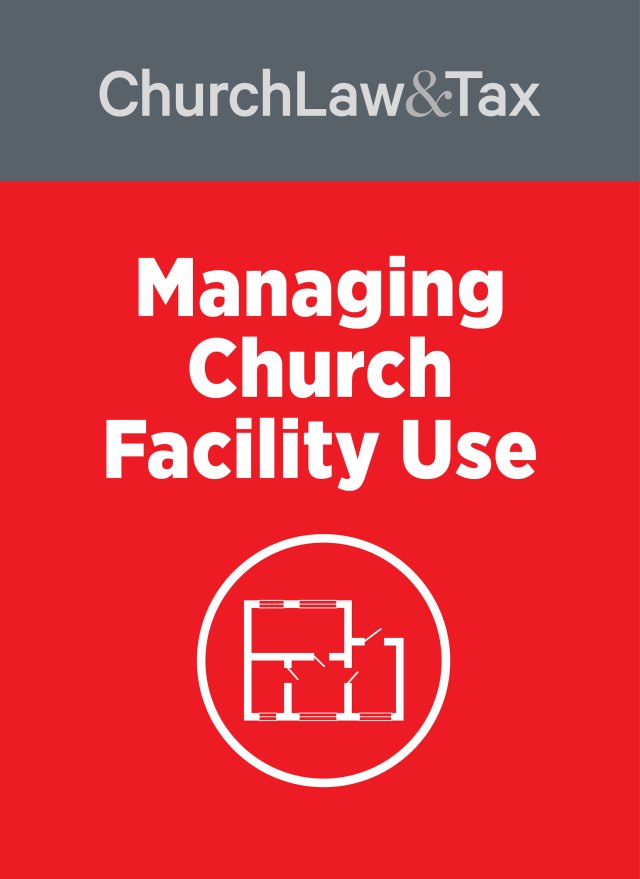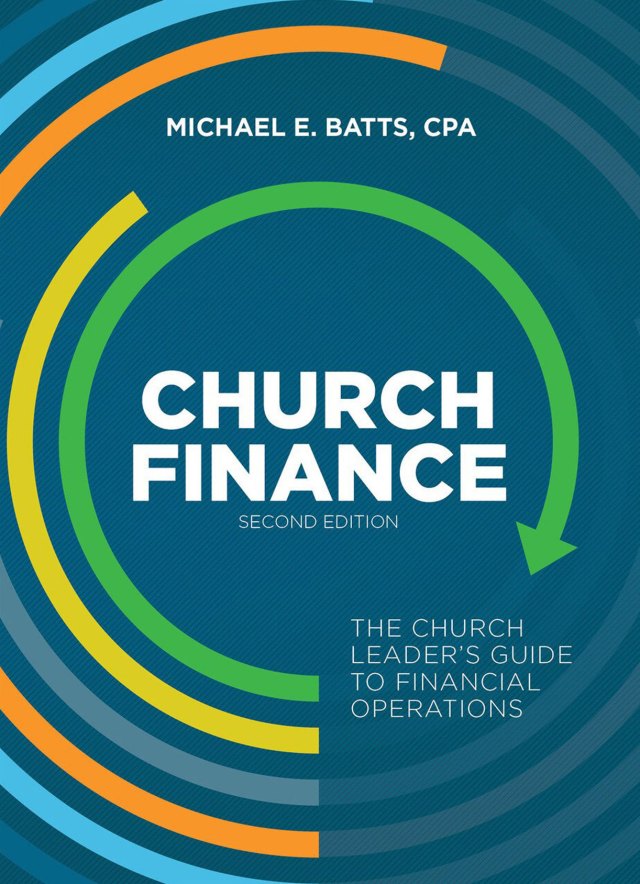IRS Letter Ruling 201206018
Background. Many churches rent some or all of their property. For example, a church purchases several homes adjacent to its property to facilitate future expansion. The church has no immediate plans to expand its facilities, so it rents the homes. One issue that arises in such cases is the application of the federal unrelated business income tax, which is a tax on the net income generated by a church or other public charity from an unrelated trade or business.
In general, rental income received by a church is exempt from the unrelated business income tax, but an exception applies with debt-financed property. Section 514 of the tax code states that income from dividends, interest, annuities, royalties, rents, and capital gains and losses must be included in the definition of unrelated business taxable income to the extent it derives from debt-financed property. The amount of income included is proportional to the debt on the property. Debt-financed property is any property held to produce income and that is subject to an "acquisition indebtedness," such as a mortgage, at any time during the tax year.
The "neighborhood land rule." The tax code specifies that if an exempt organization acquires real property mainly to use for exempt purposes within ten years, it will not be treated as debt-financed property if it is in the neighborhood of other property that the organization uses for exempt purposes and if the intent to use the property for exempt purposes within ten years is not abandoned. This exception to the definition of debt-financed property is referred to as the "neighborhood land rule."
The neighborhood land rule does not apply to property ten years after its acquisition. Further, the rule applies after the first five years only if the organization satisfies the IRS that the use of the land for exempt purposes is reasonably certain before the ten-year period expires. The organization need not show binding contracts to satisfy this requirement; but it must have a definite plan detailing a specific improvement and a completion date, and it must show some affirmative action toward the fulfillment of the plan. This information should be forwarded to the following address for a ruling at least ninety days before the end of the fifth year after acquisition of the land:
Internal Revenue Service
Commissioner, TE/GE
Attention: T:EO:RA
P .O. Box 120, Ben Franklin Station
Washington, DC 20044
The income tax regulations authorize the IRS to grant a reasonable extension of time for requesting the ruling if the organization can show good cause. If the neighborhood land rule does not apply because the acquired land is not in the neighborhood of other land used for an organization's exempt purposes, or because the organization fails to establish after the first five years of the ten-year period that the property will be used for exempt purposes, but the land is used eventually by the organization for its exempt purposes within the ten-year period, the property is not treated as debt-financed property for any period before the conversion.
The neighborhood land rule—application to churches. The neighborhood land rule applies to churches, but with two important differences:
- the period during which the church must demonstrate the intent to use the acquired property for exempt purposes is increased from ten to fifteen years, and
- the land need not be in the same "neighborhood" as the church.
As a result, if a church acquires land, and plans to use it for exempt purposes within fifteen years after the time of acquisition, the property is not treated as debt-financed property—so long as the church does not abandon its intent to use the land in this manner within those fifteen years.
This exception for churches does not apply to any property after the fifteen-year period expires. Further, this rule will apply after the first five years of the fifteen-year period only if the church establishes, to the satisfaction of the IRS, that the use of the acquired land in furtherance of its exempt purposes is reasonably certain before the fifteen-year period expires. Relevant information should be sent to the IRS at the above-referenced address.
If a church (for the period after the first five years of the fifteen-year period) cannot establish, to the satisfaction of the IRS, that the use of acquired property for its exempt purpose is reasonably certain within the fifteen-year period, but the land is, in fact, converted to an exempt use within the fifteen-year period, the land is not treated as debt-financed property for any period before the conversion.
The same rule for demolition or removal of structures (discussed below) applies to a church.
A recent case. A church purchased land through the use of debt financing in the neighborhood of its existing facility in order to build a larger facility. The land consists of several acres of undeveloped land with the exception of two small buildings. The church borrowed funds to buy the land. It rented a portion of the property for cattle grazing, and also received royalty payments from a lease of mineral rights to an oil company.
The church asked the IRS for a ruling that the neighborhood land rule applied, and therefore the rental and royalty income the church received from its debt- financed property was not subject to the unrelated business income tax.
The IRS began its ruling by noting: "You purchased land on which to build a new, larger church campus. You acquired the land subject to acquisition indebtedness. You did not immediately use substantially all of the property for an exempt purpose related to your exempt function. Thus, the land is considered to be debt-financed property."
In general, the IRS continued, "any income derived from rents or royalties from debt-financed property … would be treated as unrelated business taxable income." However, the IRS noted that there are exceptions to the general rule. For example, "when land is acquired for exempt use within 10 years (extended to 15 years for churches), it is not treated as unrelated business taxable income. This exception is commonly referred to as the neighborhood land rule."
Under the neighborhood land rule, "an organization may acquire land adjacent to or within one mile of the organization's present location and convert the land to exempt purpose use within 10 years of acquisition. Any structure on the land when acquired by the organization must be demolished or removed. For churches [the tax code] provides special rules. The land must be converted to exempt use within 15 years of acquisition and the neighborhood test of proximity to an existing location is not applied."
To use the neighborhood land rule, "an organization must apply after the first five years and establish to the satisfaction of the [IRS] that it is reasonably certain that the land will be used [for exempt purposes] within the required time period."
The IRS noted that the church had submitted its ruling request in a timely manner, at least ninety days prior to five years after the date of acquisition of the land at issue. It further noted that "within the required period, you have taken steps to convert the land to your exempt use. You have demolished structures that existed on the land at the time of acquisition. You have constructed a new church campus of buildings and put it into use for your congregation. You have put your former location up for sale. While the property allows room for future growth, your church campus is substantially complete and converted to exempt use within 15 years of the land acquisition. Thus, your property will not be treated as debt-financed land … because you qualify for the exception under the neighborhood land special rule for churches …."
Since the church's property is not treated as debt-financed land for fifteen years from the date of acquisition, "any rents or royalties received during that time period will not be treated as unrelated business taxable income" and it is "not subject to imposition of tax on unrelated business income for such rents or royalties for the stated period."
The IRS concluded: "Based on the information you have submitted, it is reasonably certain that the debt-financed land will be used for an exempt church purpose within 15 years of its acquisition. Therefore, the property is exempt from the debt-financed property unrelated business taxable income provisions of [the tax code] as a result of the neighborhood land rule exception … for 15 years beginning on the date the land was acquired."
Relevance to church leaders. Before renting property, or negotiating for mineral royalties, church leaders should be familiar with:
- the debt-financed property exception to the exemption of rental income from the unrelated business income tax;
- the eligibility requirements for application of the neighborhood land rule; and
- the demolition rule. The services of a tax attorney will be invaluable to ensure full compliance with the law.
Applying the Neighborhood Land Rule to Churches
Section 514 of the tax code contains a special "neighborhood land rule" that exempts rents from debt-financed church property from the unrelated business income tax so long as a church:
- has a definite plan to use the land for exempt purposes within fifteen years, including a "specific improvement and a completion date, and some affirmative action toward the fulfillment of such a plan";
- informs the IRS of its plan at least ninety days before the end of the fifth year after acquiring the land, and requests a ruling;
- does not abandon its intent during the fifteen years following acquisition; and
- demolishes any structures on the property as part of its plans to use the property for exempt purposes.
The Demolition Rule
The neighborhood land rule applies to any structure on the land when acquired, only so long as the intended future use of the land in furtherance of the organization's exempt purpose requires that the structure be demolished or removed in order to use the land in this manner. As a result, during the first five years after acquisition (and for later years if there is a favorable ruling), improved property is not debt-financed so long as the organization does not abandon its intent to demolish the existing structures and use the land in furtherance of its exempt purpose. If an actual demolition of these structures occurs, the use made of the land need not be the one originally intended as long as its use furthers the organization's exempt purpose.
The neighborhood land rule does not apply to structures erected on land after its acquisition. When the neighborhood land rule does not initially apply, but the land is used eventually for exempt purposes, a refund or credit of any overpaid taxes will be allowed for a prior tax year. A claim must be filed within one year after the close of the tax year in which the property is actually used for exempt purposes.




